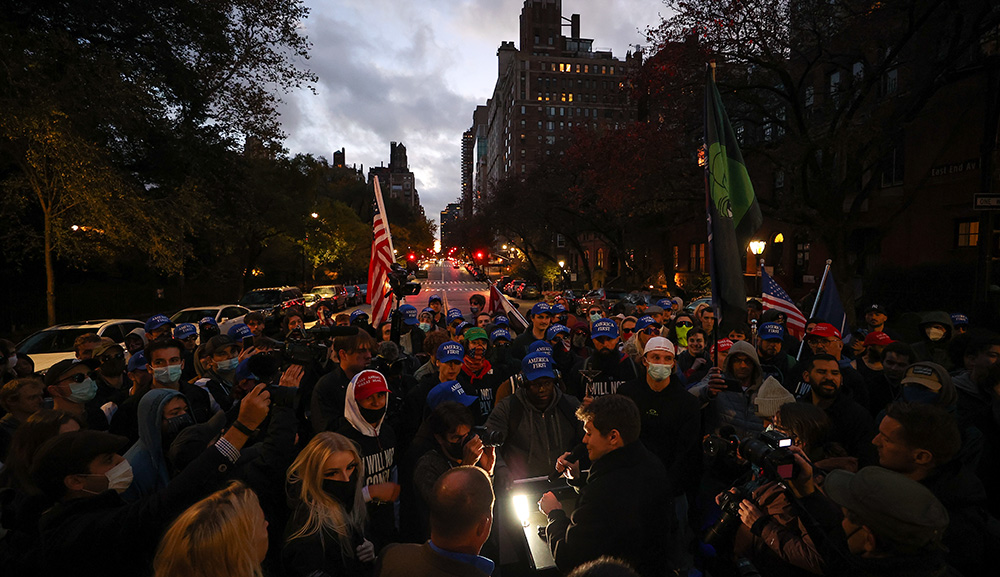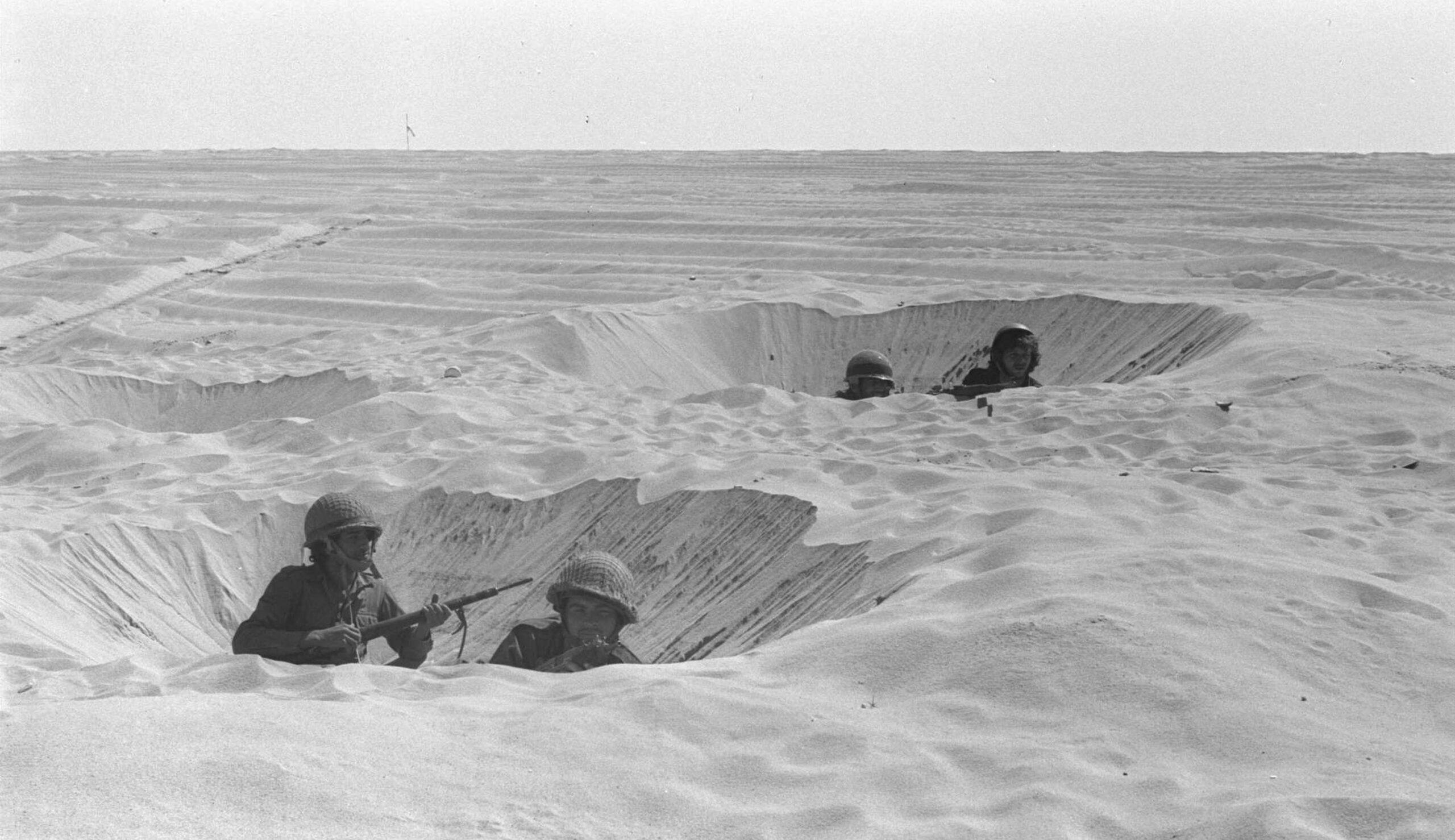In recent years, writes Farzin Nadimi, “Tehran has been quick to show off the offensive and defensive capabilities of its drone fleet,” in the hope that doing so will effectively deter its enemies. Iran has indeed made significant advances: its drones have been widely used by its proxies in the region since at least 2004, posing a pervasive threat that is difficult to track. However, Nadimi argues, there is evidence that Iran has been exaggerating its capabilities, likely in an attempt to counter mounting evidence of the nation’s obvious weaknesses.
On May 29, Iranian state television aired a report about a new “top-secret underground drone base” operated by the conventional army, called the Artesh, somewhere in western Iran. In the footage, a young reporter boards a Bell 214 helicopter that reportedly takes off from Kermanshah’s 1st Army Aviation Base for a 40-minute blindfolded ride to the secret location. . . . When inside the large underground tunnel network—which looks very similar to an Islamic Revolutionary Guard Corps (IRGC) missile base—the reporter is shown rows of drones, including almost every significant model in the Artesh service.
Since the report aired, great speculation has surrounded the location of “Drone Base 313.” Some observers point to Dalahu, a mountainous region about 100 kilometers west of Kermanshah, based on a name stenciled on firefighting equipment seen in the video. Others point to the Shahid Asiaei 2nd Army Aviation Base in Masjed Soleyman, more than 300 kilometers southeast of Kermanshah. Both are unlikely.
To operate and maintain the diverse collection of drones displayed in the Iranian television report would be a headache for any Iranian operator or technician, requiring a range of different—and incompatible—control stations, equipment, and vehicles. It clearly points to a hastily set-up demonstration.
Read more at Washington Institute for Near East Policy
More about: Intelligence, Iran, Middle East, Technology


